Greenpeace Russia has been documenting the wildfires, to show their effect, size and catastrophic impact on all of us.
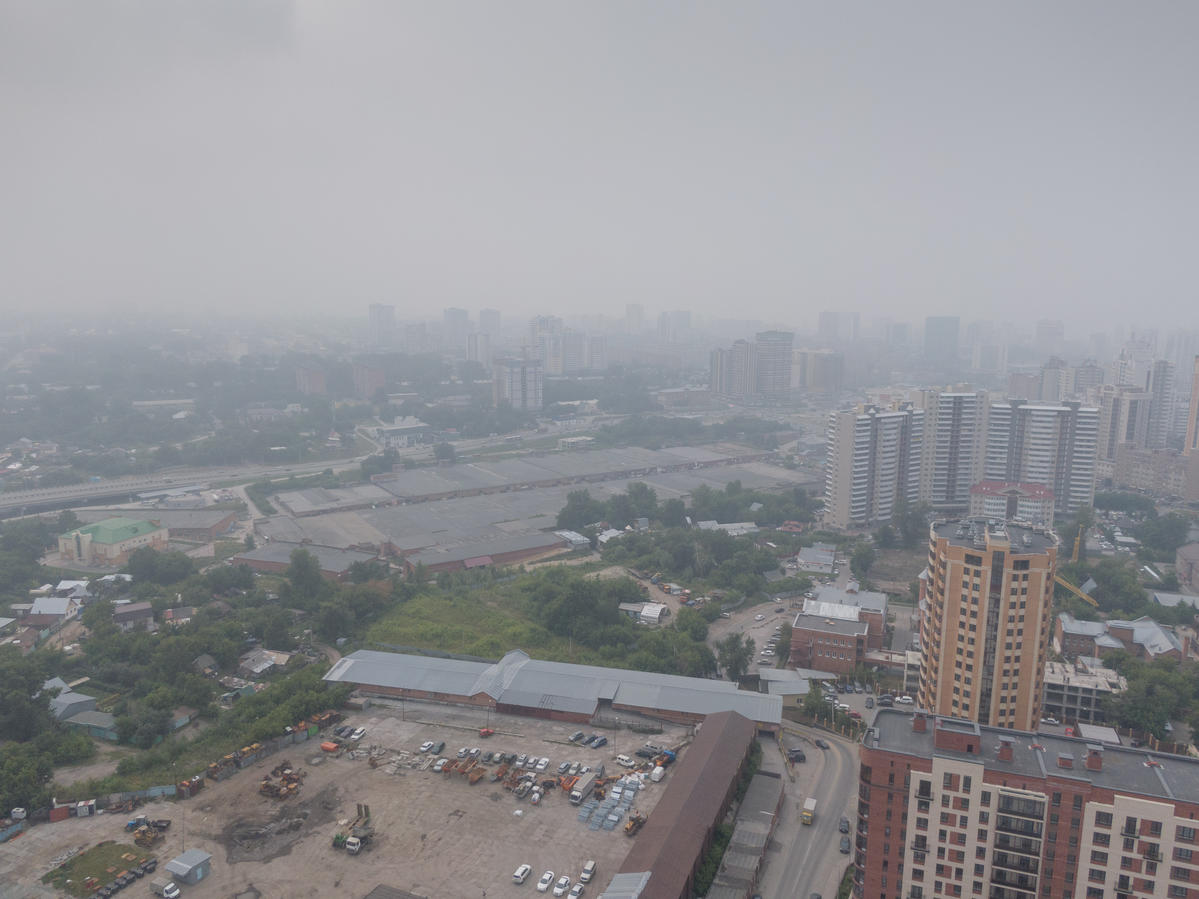
1.5
million residents of Novosibirsk Russia, breathe hazardous smoke from
the Siberian forest fires. © Ivan Golenkov / Greenpeace
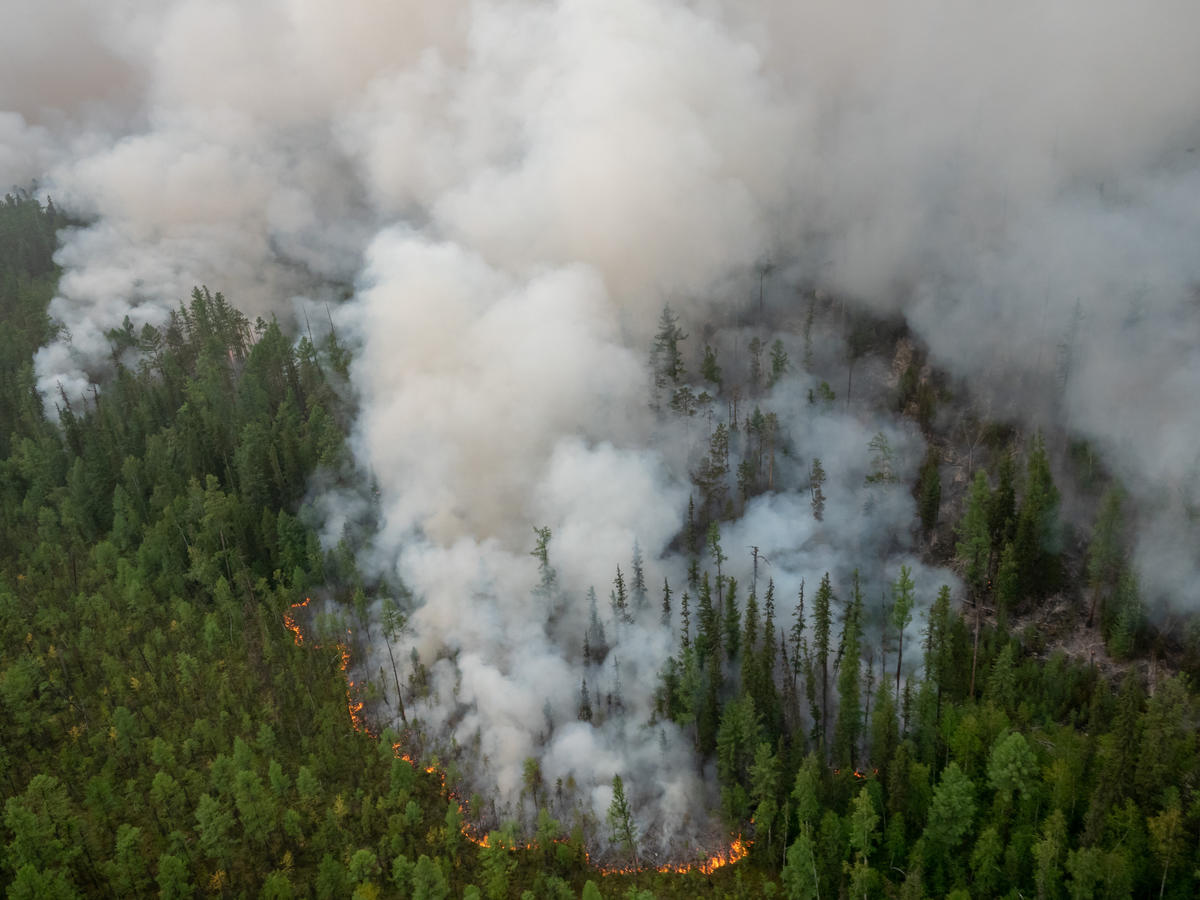
Forest Fires near Irkutsk Region in Russia © Igor Podgorny / Greenpeace
We found satellite images of fires burning 320 kilometres away so we took a small helicopter and flew over the fires in the taiga. It is an endless boreal forest of beautiful trees that stretches off into the horizon. However, it doesn’t feel like we’re flying, but swimming through the beauty of it. Soon we saw a smoke column over the forest and fly into the smog. Quickly approaching furnace I must take pictures. I want to fix the disaster. I take pictures, through my own tears.
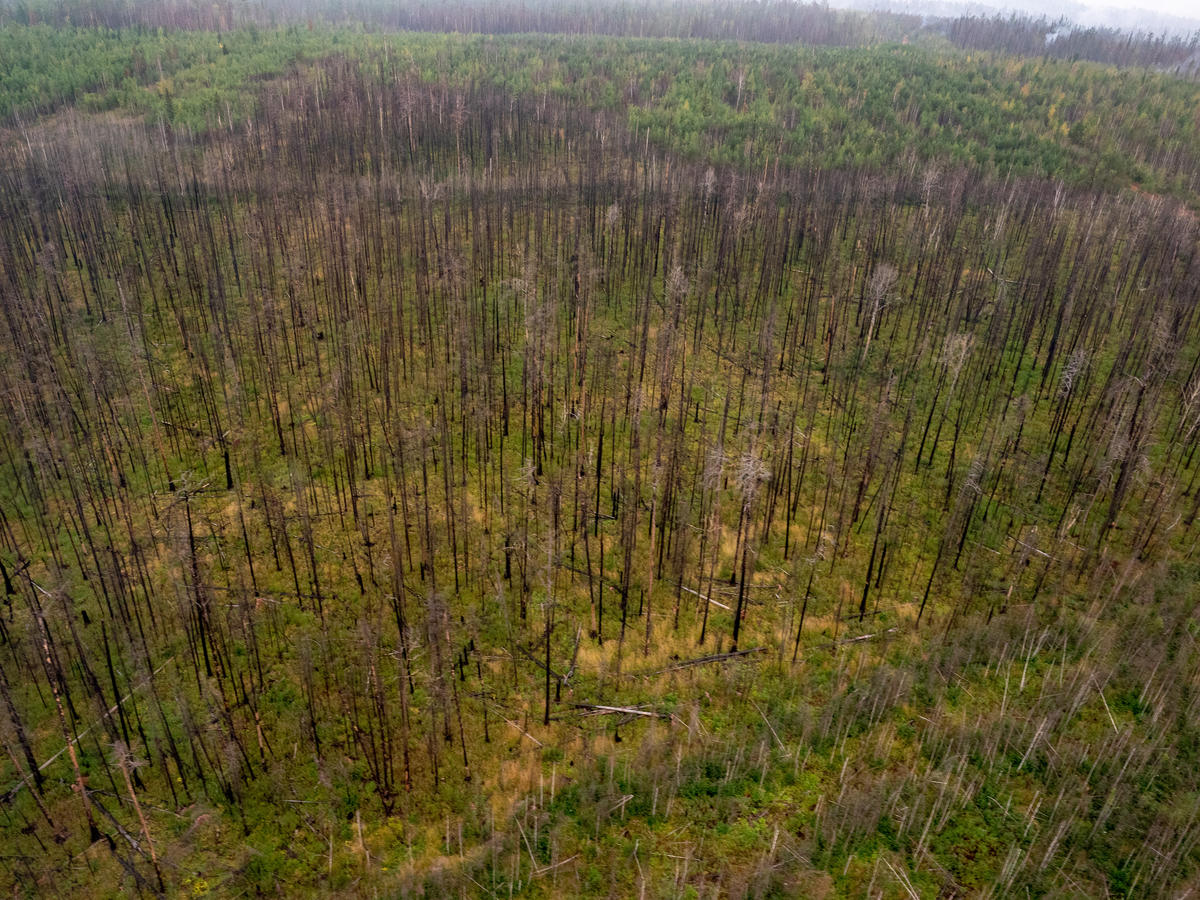
The charred skeletons of trees. © Igor Podgorny / Greenpeace
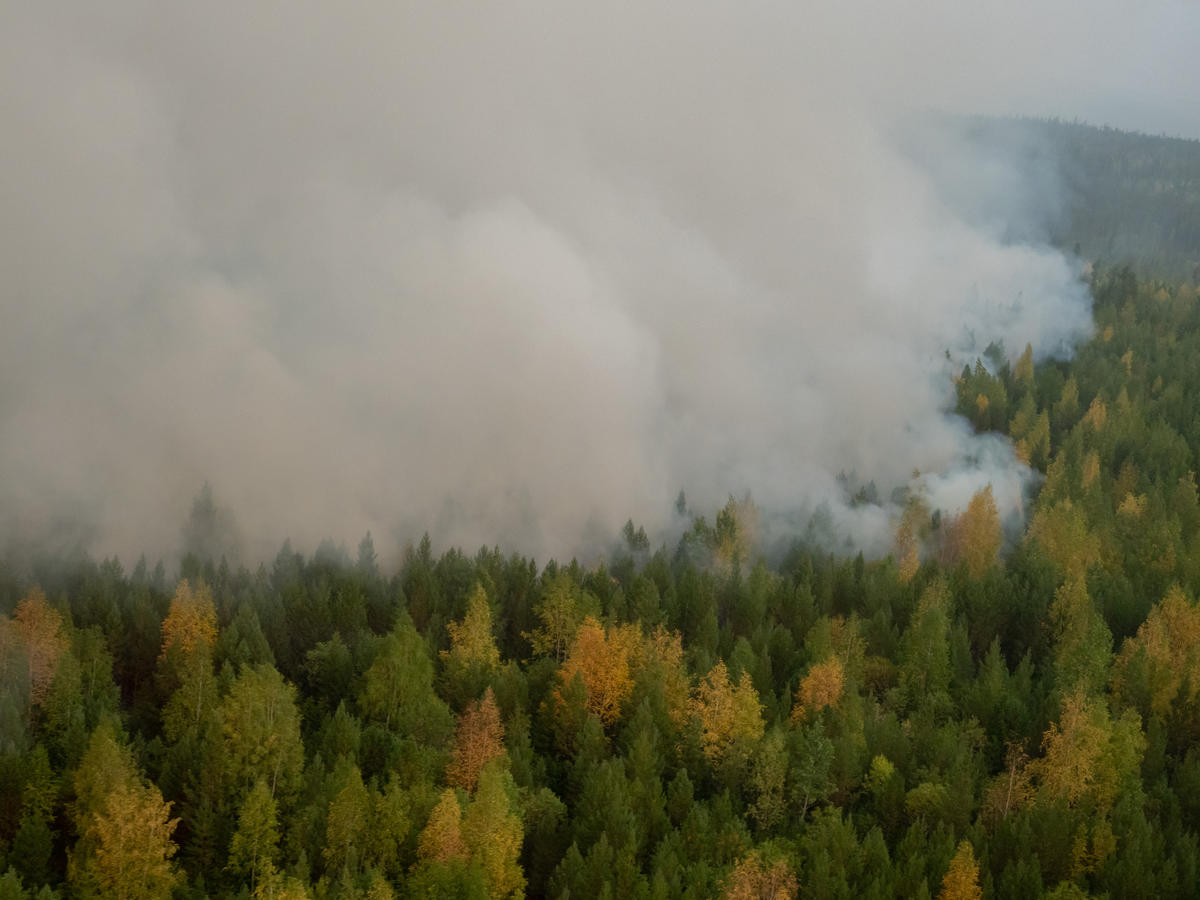
The smoke dirties the air and covers the trees. © Igor Podgorny / Greenpeace
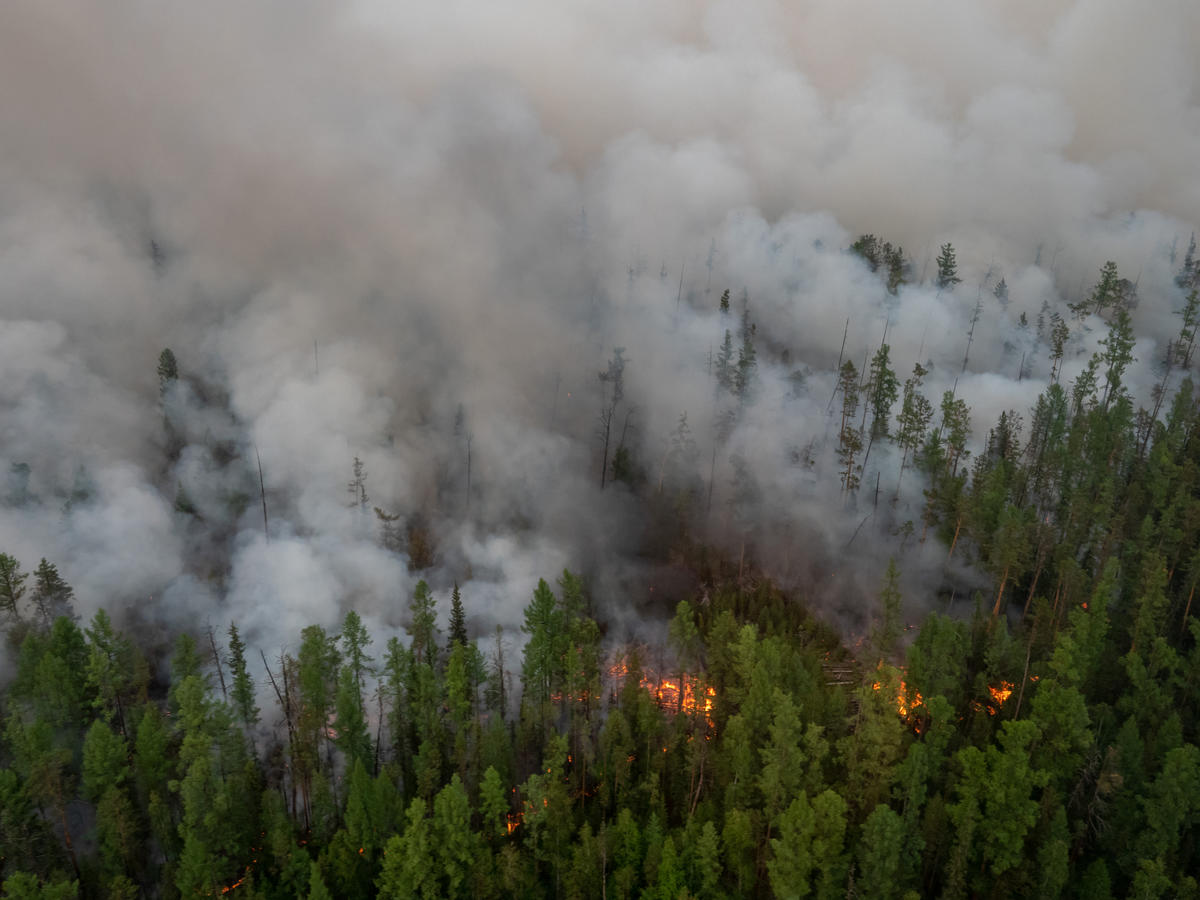
Forest Fires near Irkutsk Region in Russia © Igor Podgorny / Greenpeace
90% of wildfires in Russia are the result of human activities, according to official statistics and Greenpeace’s own research. According to satellite imagery, most current Siberian and Far East wildfires started near logging sites, along roads and rivers where people have campfires.

Firefighters in Siberia © Anton Voronkov / Greenpeace
Helicopters from the Ministry of Emergencies regularly drop off firefighters in the taiga. Many courageous people are fighting this fire. But sadly, it can no longer be put out by any human means.
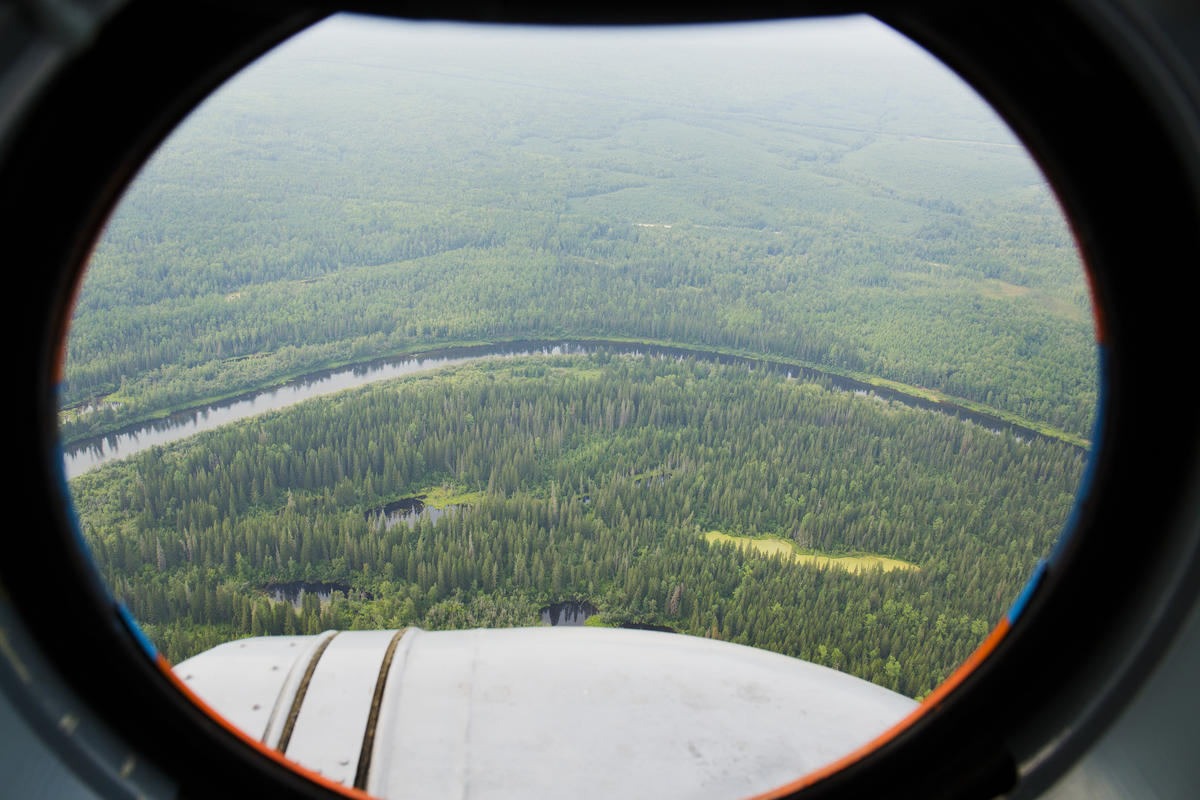
View from the helicopter. © Anton Voronkov / Greenpeace
Climate change itself does not create fires – people do, but hotter and drier weather contributes to speeding up the spread and increasing the intensity of these and other fires.
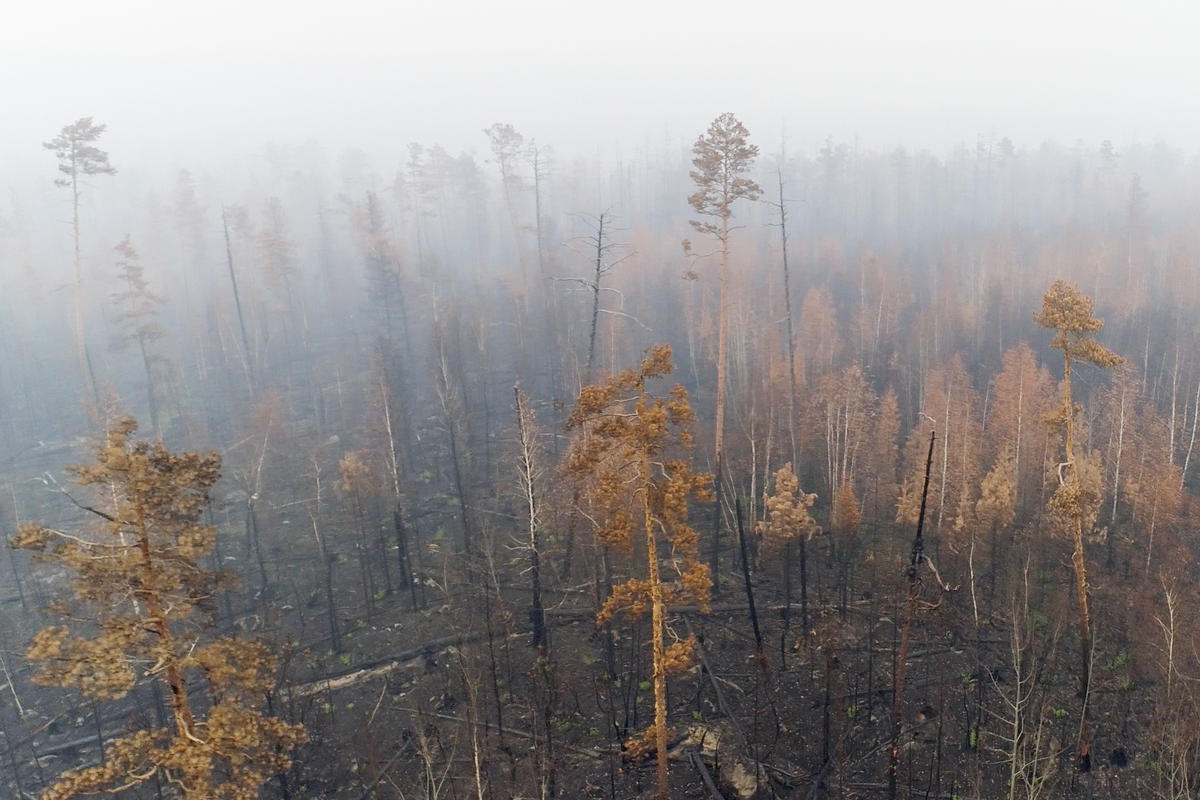
A graveyard for trees. © Anton Voronkov / Greenpeace
Only 9% of the current fires are being tackled. Russian authorities have made a decision not to commit to fighting these fires, because the ‘consequences do not outweigh the resources needed to fight them’. Everyday new, vast territories are catching fire because the weather is hot and dry. Villages in Siberia and the Far East are in danger.
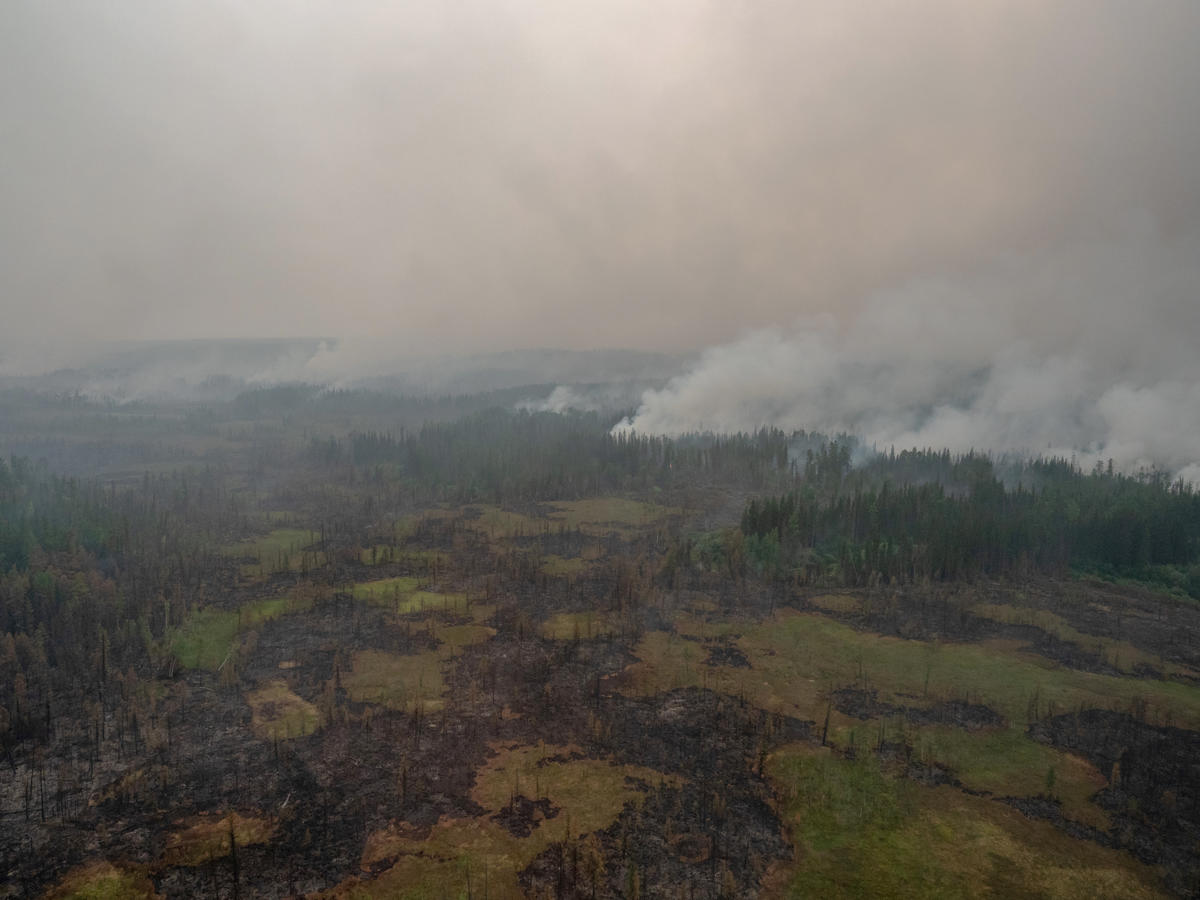
A devastated landscape. © Igor Podgorny / Greenpeace
We turn back, fly a few kilometre, and see a deer running beneath the helicopter. A perfectly beautiful animal in a perfectly beautiful forest. And around it burns the world’s largest forest fire.
Fires in Siberia affect the animals that live in the taiga. According to Greenpeace experts it was the home of more more than 5500 sable, 300 bears, 2700 wild Northern deer and 1,500 elk.
Here’s how you can help.
Tatiana Vasilieva is the head of the press desk at Greenpeace Russia and has been documenting the Siberian forest fires.

No comments:
Post a Comment
Note: Only a member of this blog may post a comment.